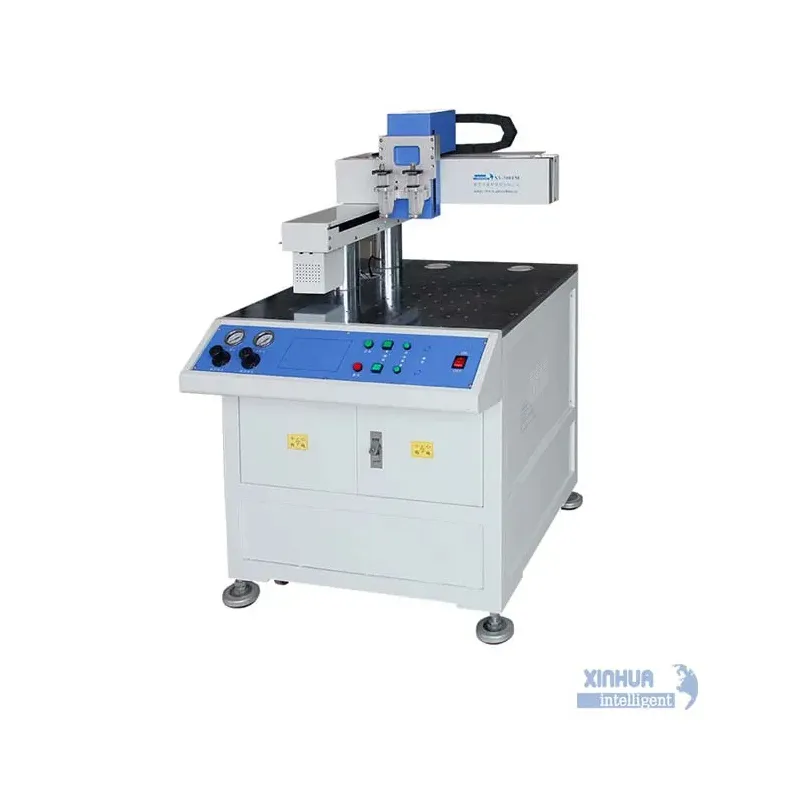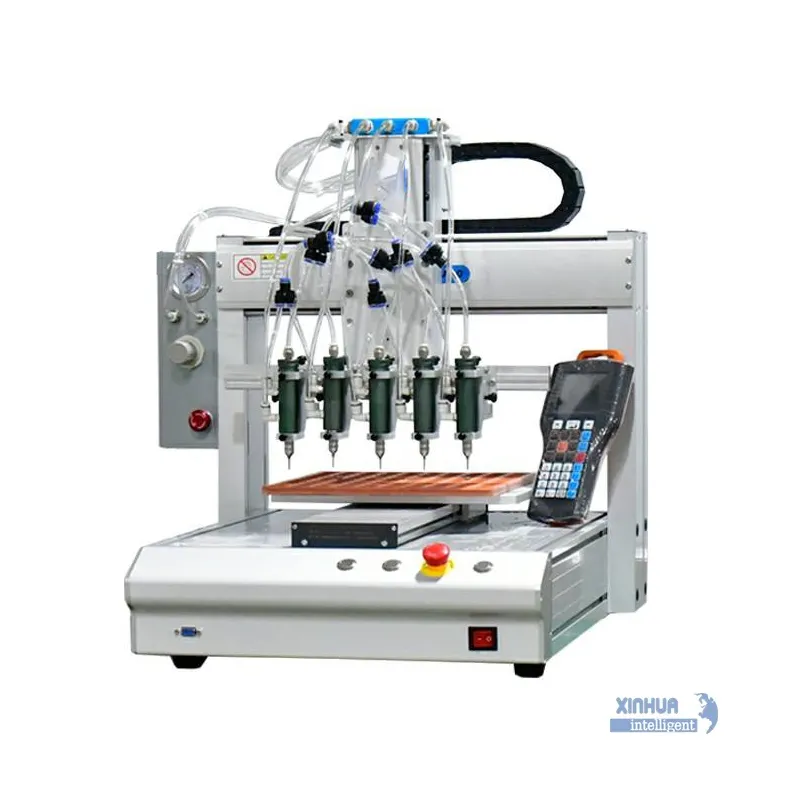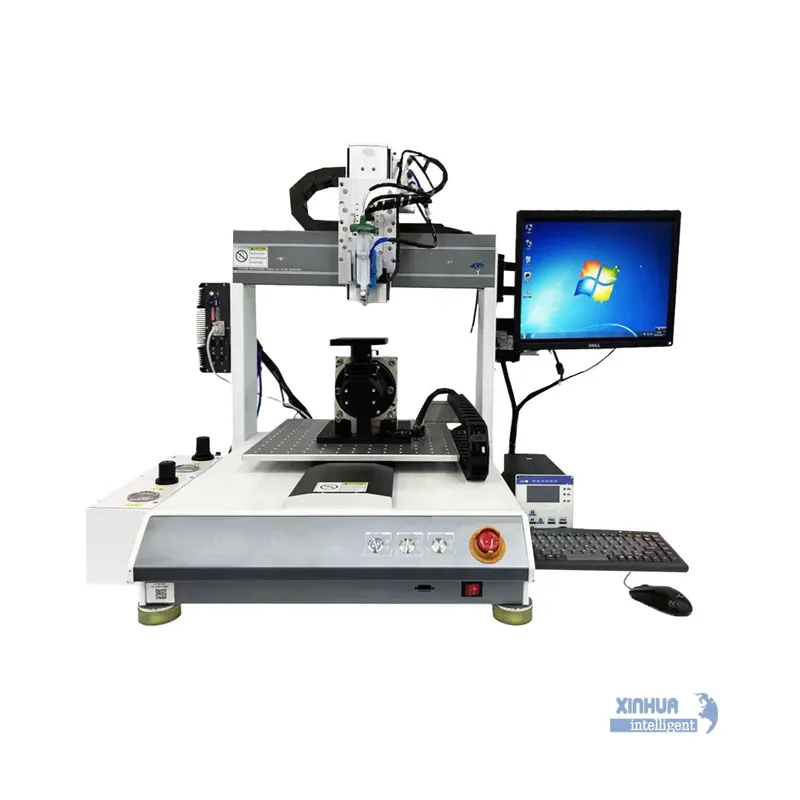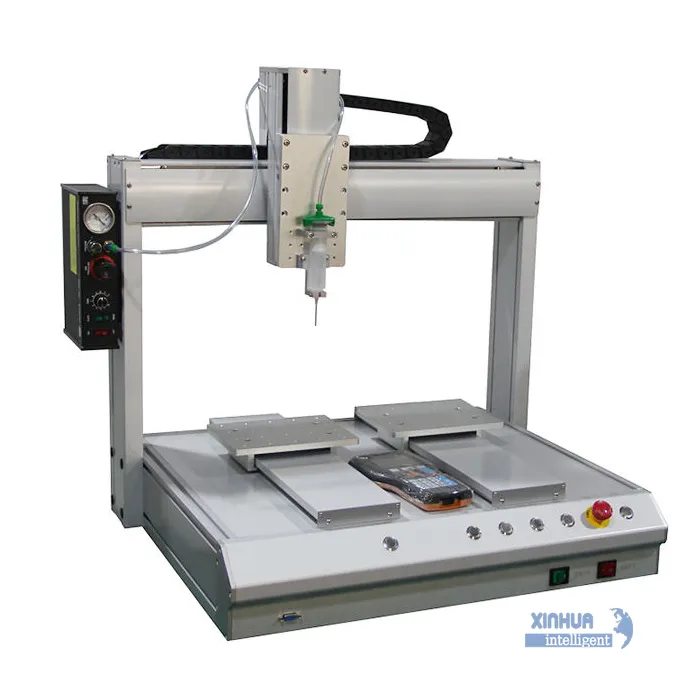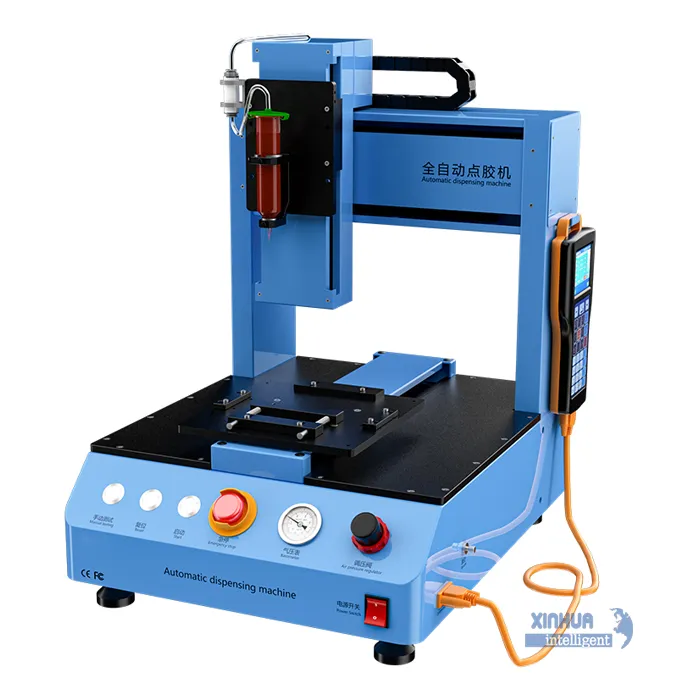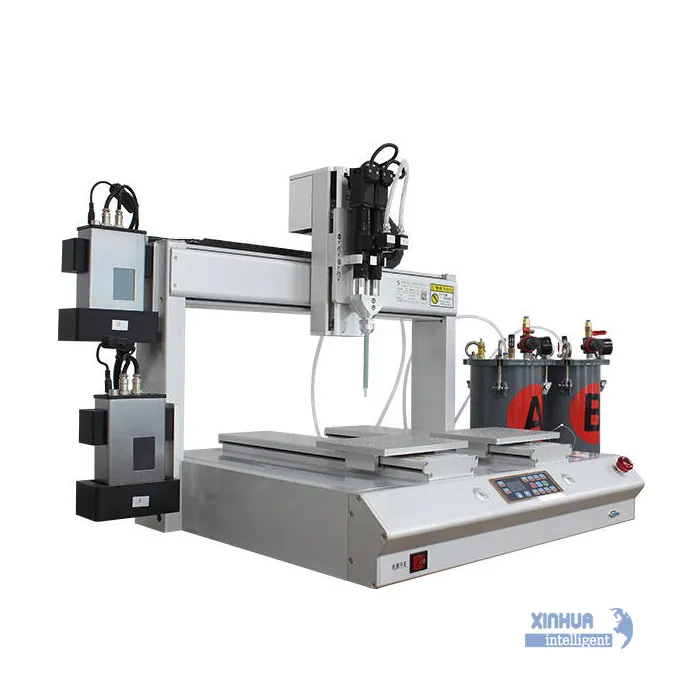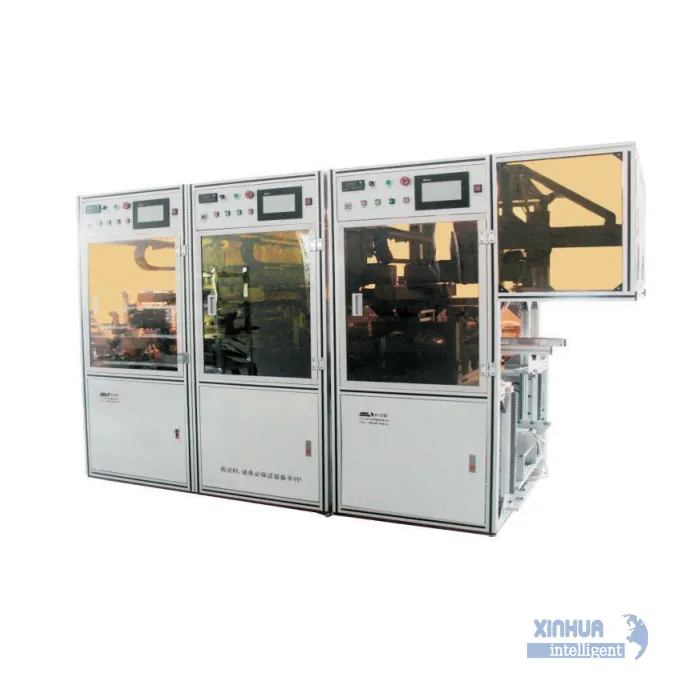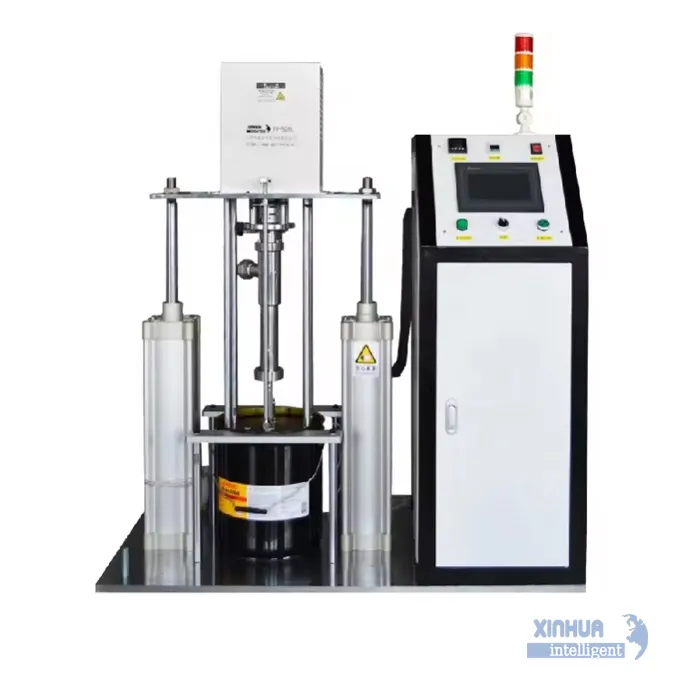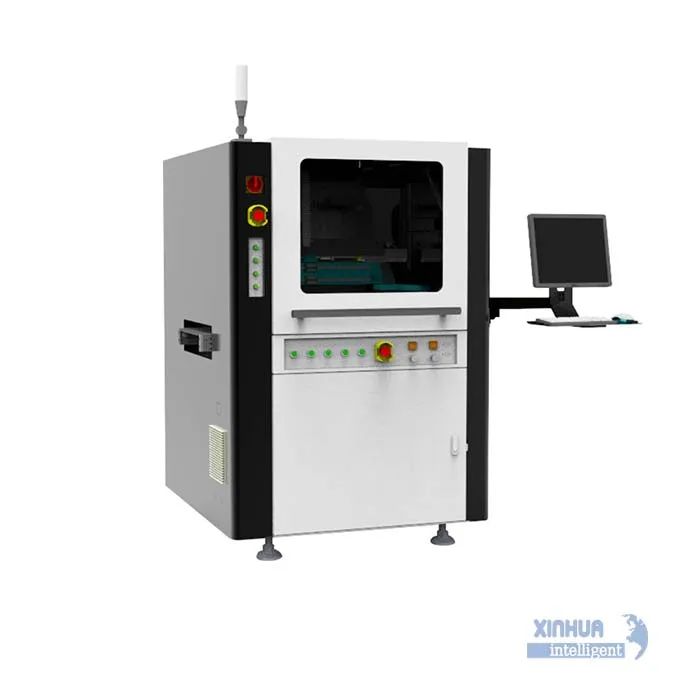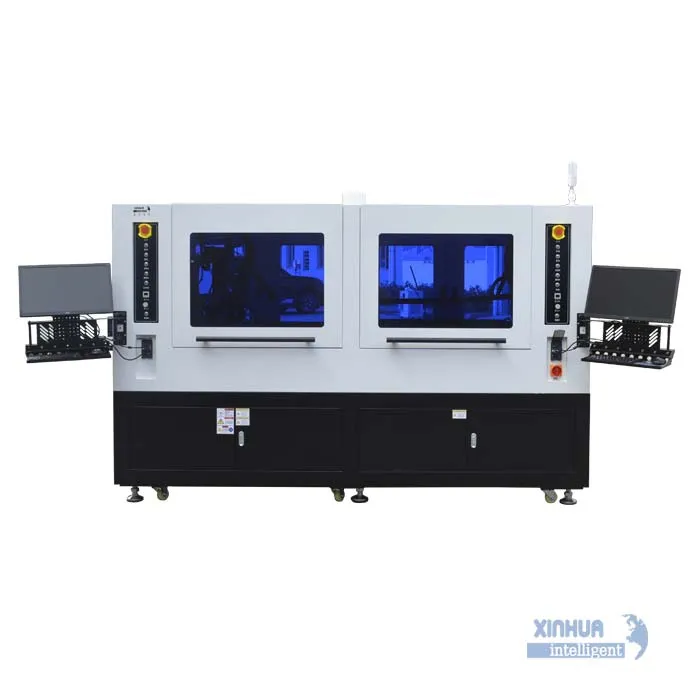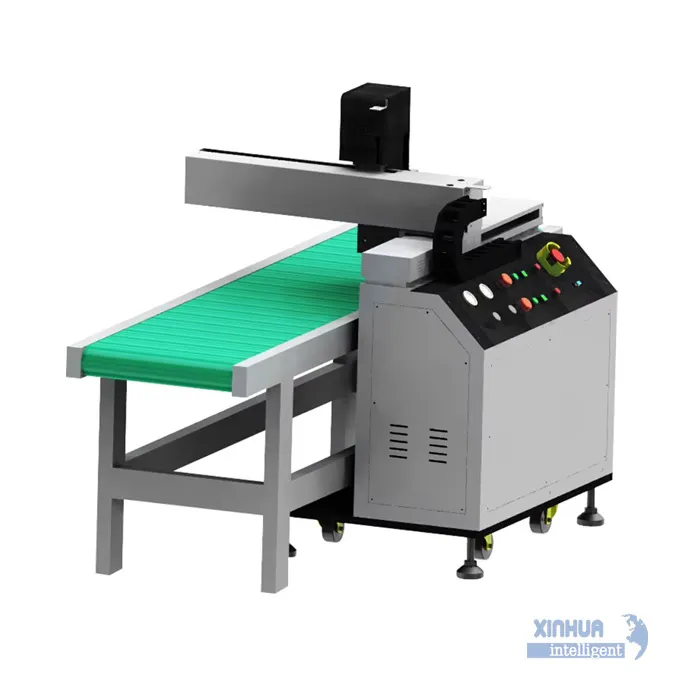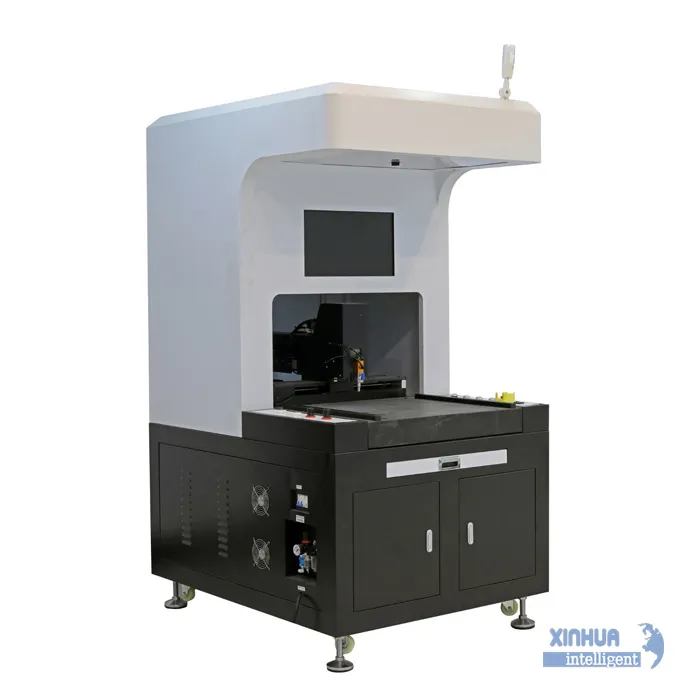PVA (Polyvinyl Acetate) glue dispenser is a specialized device designed to apply PVA adhesive precisely and efficiently. PVA glue is widely used in woodworking, packaging, paper bonding, bookbinding, and various industrial applications. A glue dispenser ensures consistent application, reduces waste, and improves production efficiency.
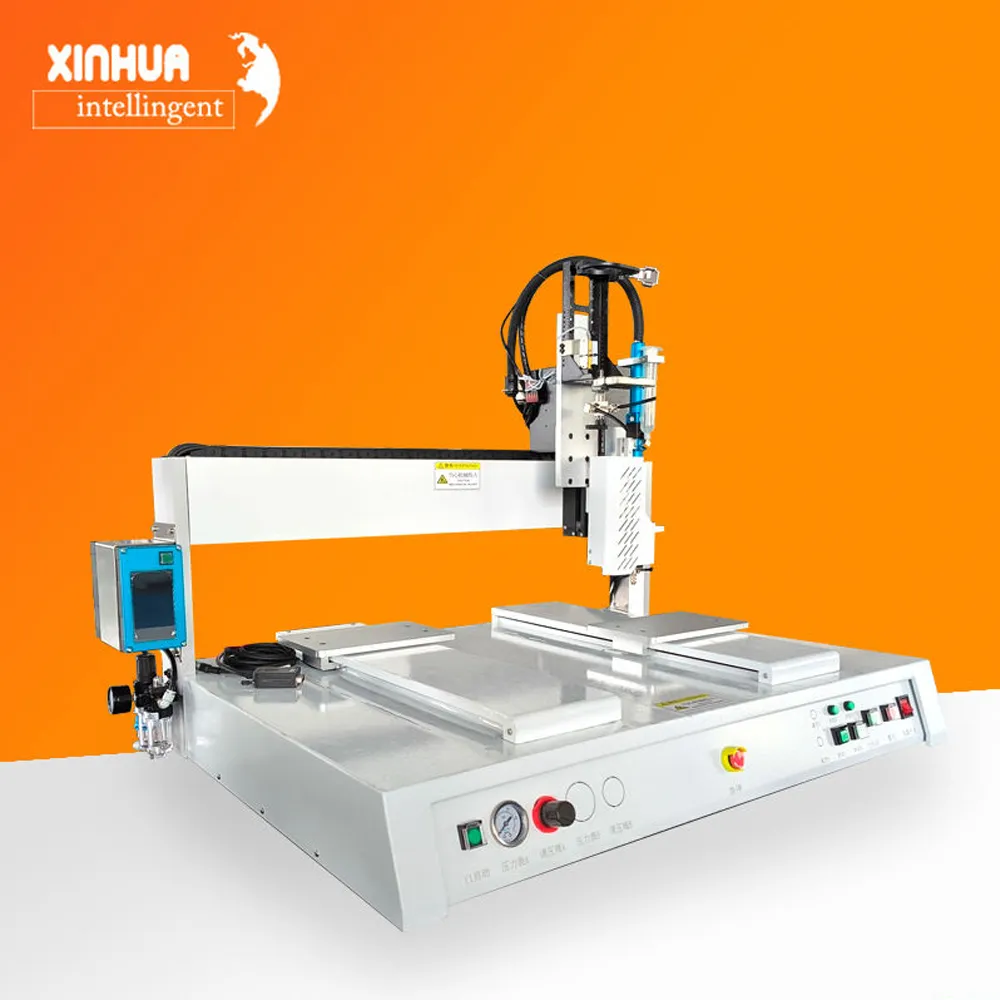
2. Types of PVA Glue Dispensers
2.1 Manual Glue Dispensers
- Operation: Hand-operated, usually with a trigger or lever.
- Best for: Small-scale projects, low-volume production.
- Pros: Low cost, easy to use.
- Cons: Less precise, slower for high-volume work.
2.2 Semi-Automatic Glue Dispensers
- Operation: Uses a foot pedal or simple control panel to dispense glue.
- Best for: Medium-scale operations where consistency is required.
- Pros: Better precision, reduces manual fatigue.
- Cons: Requires some operator training.
2.3 Fully Automatic Glue Dispensers
- Operation: Controlled by PLC or computer systems; integrates with conveyors.
- Best for: High-volume industrial production.
- Pros: Highly accurate, programmable patterns, minimal human intervention.
- Cons: High cost, requires maintenance and trained operators.
2.4 Multi-Axis Glue Dispensing Robots
- Operation: Robotic arms with multi-axis control apply glue in complex patterns.
- Best for: Automated production lines needing high flexibility.
- Pros: Maximum precision, programmable, supports complex shapes.
- Cons: Expensive, requires software setup.
3. Working Principle
PVA glue dispensers generally work based on pressure, vacuum, or mechanical feeding systems:
- Gravity Feed: Glue flows downward into the nozzle, suitable for low-viscosity adhesives.
- Pump Feed: Uses a piston or gear pump to push glue through the nozzle, ideal for higher viscosity glue.
- Vacuum Feed: Ensures uniform dispensing by preventing air bubbles, commonly used in high-precision applications.
- Servo-Controlled Pumping: In automated systems, the flow rate and volume are digitally controlled for exact dispensing.
4. Key Features
- Adjustable dispensing volume.
- Precision nozzles for fine or broad application.
- Anti-drip mechanisms to prevent waste.
- Compatibility with different PVA glue viscosities.
- Programmable patterns in automatic systems.
- Easy cleaning and maintenance.
5. Advantages of Using a PVA Glue Dispenser
- Reduces glue waste and cost.
- Ensures consistent quality.
- Increases production efficiency.
- Minimizes human error and fatigue.
- Supports automated production lines for scalability.
6. Applications
- Woodworking: Edge banding, panel bonding, furniture assembly.
- Paper Industry: Bookbinding, packaging, carton sealing.
- Textiles: Laminating fabrics or paper-based materials.
- Electronics: Securing components temporarily during assembly.
- Crafts & DIY: Arts, hobby projects requiring controlled glue application.
7. Selection Guide
When choosing a PVA glue dispenser, consider:
- Glue Viscosity: Low vs. high viscosity glue requires different pump types.
- Production Volume: Manual for low, semi-auto for medium, full-auto for high-volume.
- Accuracy Needs: Multi-axis robots for high precision.
- Maintenance & Cleaning: Some systems are easier to disassemble and clean.
- Budget: Factor initial cost, operational cost, and labor savings.
Ready to boost your production efficiency and precision? Explore our range of high-quality PVA glue dispensers today and find the perfect solution for your workshop or industrial line. Contact us now for a free consultation and demo!

